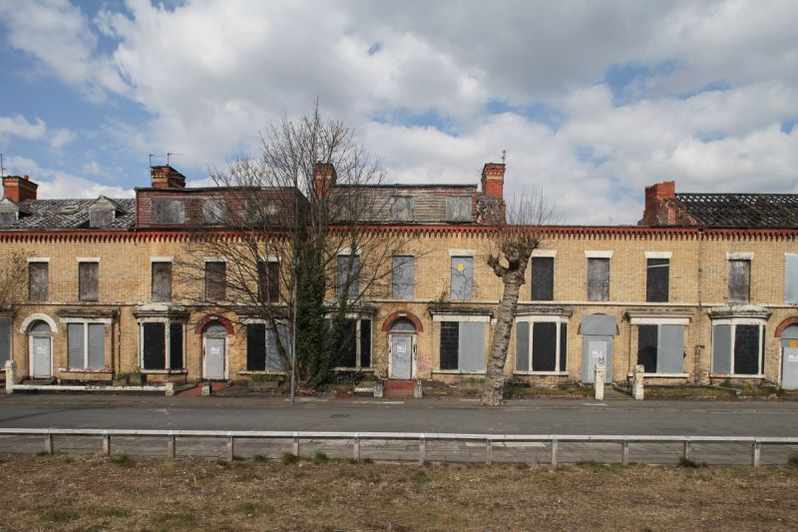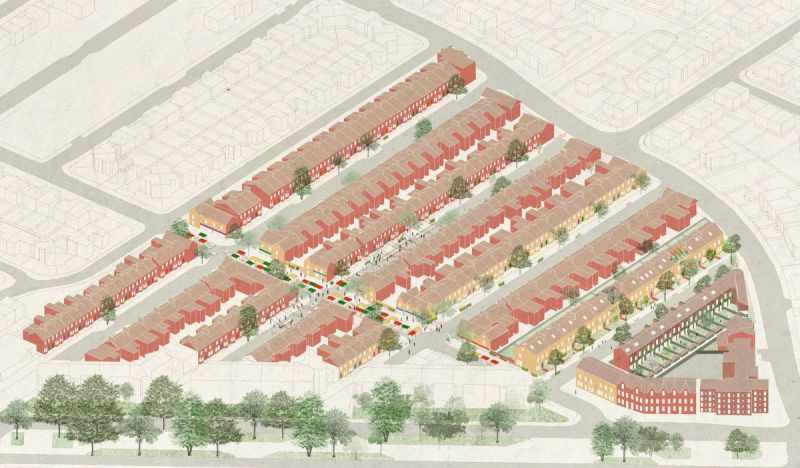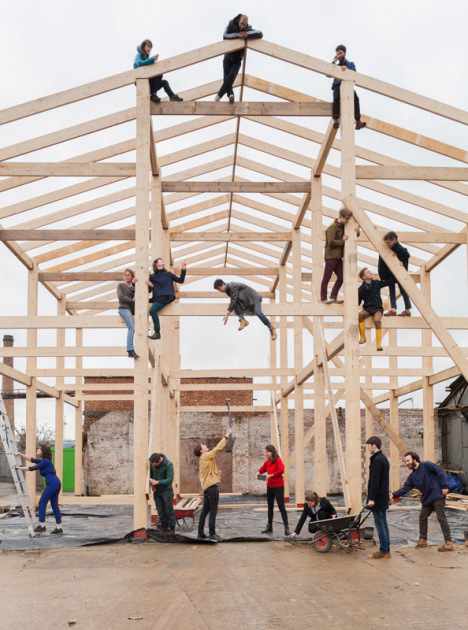Branchage Film Festival founder Xanthe Hamilton has played a key role in a housing regeneration project that has revitalised a rundown area of Liverpool and which has now been nominated for the award.
The bookmakers have made Ms Hamilton’s project the favourite to win the prize, the winner of which will be announced on 7 December.
The project, which has been run by the Assemble art collective, has stopped the demolition of more than 120 dilapidated Victorian terrace houses in the Granby Four Streets area of Toxteth. The group have worked with investors and residents to find creative ways of regenerating the area.


One of the most spectacular projects is the construction of a winter garden inside the empty brick shell of a gutted house. Ms Hamilton, who set up Branchage Film Festival in 2008 and worked as the festival’s creative director for several years, has been responsible for the project’s planning and fund sourcing.
She said that she was ‘completely shocked’ when the project was included as one of four nominations for the prize earlier this week.
‘It’s incredibly surprising and exciting – I couldn’t have dreamt of it in a million years,’ the 35-year-old said.
‘A few years ago I wanted to get involved with a community action project that would apply some of the same skills of Branchage but in housing regeneration – something that would make a change in society.
‘I was working with Jersey resident Marcus Binney and I was taken up to Liverpool to this area of the city that wanted to make change happen. We had some great backing from social investment funds and we put plans together to transform the area with the architects from Assemble.’

The former JCG student said that the project had taken more than two years and had resulted in a ‘dramatic turnaround’ for the area.
‘When we started working the houses were completely boarded up, but now people are moving back and it has got a very different atmosphere. It has been a huge success, but this Turner Prize nomination came completely out of the blue, as we didn’t really see it as an art project.
‘This has been about giving people in the community the power to make a change and I hope that this recognition inspires others to make direct action in society.’

The Turner Prize is a contemporary art award set up in 1984 to celebrate new developments in contemporary art.
It is awarded each year to ‘a British artist under fifty for an outstanding exhibition or other presentation of their work in the twelve months preceding’.
The shortlist
Nominations are invited each year, and the prize is judged by an independent jury that changes annually.
The four shortlisted artists present works in a show normally held at Tate Britain before the winner is announced in December. Artists are not judged on their show at Tate.
The decision is based on the work for which they were nominated.
The exhibition
The exhibition is designed to enable the public to see and discuss the work of the shortlisted artists.
The artists are not judged on the work they show in the exhibition. They are nominated for, and judged on, work they exhibited in the previous twelve months.
The artists can choose to show any recent work in this exhibition. They make their selection in collaboration with curators from Tate Britain.
Important and prestigious
Over the recent decades the Turner Prize has played a significant role in provoking debate about visual art and the growing public interest in contemporary British art in particular, and has become widely recognised as one of the most important and prestigious awards for the visual arts in Europe.
A brief history
The prize was founded by a group called the Patrons of New Art. They were formed in 1982 to help buy new art for Tate’s collection, and to encourage wider interest in contemporary art.
The Patrons wanted a name associated with great British art. They chose J.M.W. Turner (1775–1851) partly because he had wanted to establish a prize for young artists.
He also seemed appropriate because his work was controversial in his own day.
The Turner Prize is awarded to a British artist under 50 for an outstanding exhibition or other presentation of their work in the preceding year.
Every other year, the prize leaves Tate Britain and is presented at a venue outside London.
For 2015, that venue will be Tramway in Glasgow, an international art-space renowned for commissioning, producing and presenting contemporary arts projects.
Source: tate.org.uk






